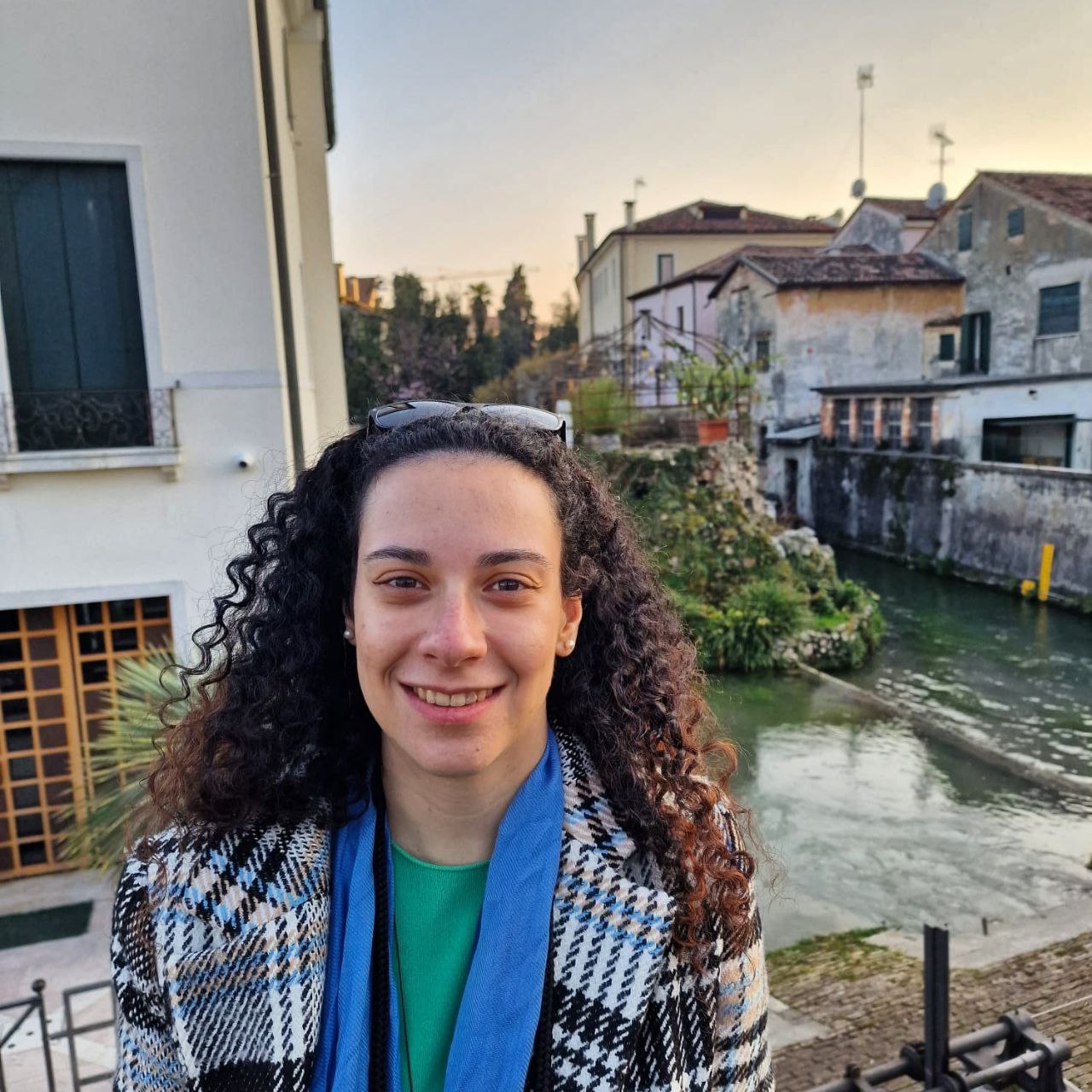Call for pictorials
The theme of the 16th Biannual Conference of the Italian SIGCHI Chapter (CHItaly 2025) is “Technologies and Methodologies of Human-Computer Interaction in the Third Millennium”. It invites us to reflect on how technological advances continue to redefine our interactions with the digital world.
Over the last two decades, the field of Human-Computer Interaction (HCI) has evolved rapidly, adapting to innovations that have transformed everyday life. Integrating Artificial Intelligence, Augmented and Virtual Reality, Robotics, voice interfaces, wearable devices, and the Internet of Things has brought HCI to the forefront of scientific inquiry, offering novel possibilities and complex challenges. These technologies are not only changing how we use digital systems but also influencing the ways we think, learn, communicate, and interact on a personal, social, and organizational level.
This year’s conference aims to inspire a comprehensive dialogue on how these technologies are reshaping the landscape of HCI and redefining the boundaries of human capabilities. Participants will be invited to engage with questions surrounding ethical implications, accessibility, inclusivity, user experience, and the sustainability of emerging technologies. The theme encourages contributors to share insights on methodologies that adapt to these changes, from user-centred design practices to innovative evaluation methods for complex, adaptive systems.
We invite submissions of pictorials that contribute to the field of Human-Computer Interaction (HCI).
Pictorials Deadlines*
- Submission:
April 21, 2025EXTENDED to May 15, 2025 - Review notification:
June 14, 2025EXTENDED to July 02, 2025 - Initial Camera-ready: July 7, 2025
- Final Camera-ready Submission: July 31, 2025
* Please, note that all deadlines follow the Anywhere on Earth (AoE) time zone, meaning submissions are accepted until the end of day D in AoE.
Review Process
All submissions must be anonymous, avoiding to include information (authorship, acknowledgements, name of application or software or project) suggestive of the identity of the authors; it will be added later, to the camera ready versions, in case of acceptance. All submitted materials for accepted submissions will be kept confidential until the start of the conference.
What are pictorials?
Pictorials are papers in which the visual components (e.g. diagrams, sketches, illustrations, renderings, photographs, annotated photographs, and collages) play a significant role in conveying ideas and research contributions in addition to the accompanying text. Pictorials leverage the power of visual communication with the effective use of visual languages and high-quality images. They may have a practical or theoretical nature or both.
Through Pictorials, researchers, practitioners, industry professionals, artists, designers, and students from various disciplines, including engineering, interaction design, computer science, product design, media studies, and the arts, are encouraged to express and unpack their design practices and projects in visually rich ways.
Pictorials are meant to contribute to knowledge rather than merely document concepts, methods, and processes that we already know. Visual components can be contributions to design knowledge in and of themselves, as a form of making, but they should also be accompanied by a narrative that helps the audience understand what the knowledge contribution is. This scaffolding transforms a Pictorial into research and guarantees that it can be treated as an argument in research discourse. At the same time, the textual narrative should be just that – a scaffolding to support the contribution of the visual content.
Pictorials Format
We strongly advise you to use the InDesign template to compose your Pictorial. If you cannot access InDesign, please use the Word or PowerPoint templates.
InDesign Template
InDesign is Adobe’s layout and page design software for print and digital media.

Word Template
Microsoft Word is a word-processing program that allows for the creation of both simple and complex documents.

PowerPoint Template
PowerPoint is a software that is designed to make graphical presentations in the form of individual pages (or slides).
Submission Guidelines
Pictorials submissions do not exceed 12 pages, excluding references. The first page of the submission should include the submission’s title, author(s) and their affiliation(s), and a written abstract of no more than 150 words briefly describing the background and context of the pictorial as well as its contribution to the community.
Further written parts known from other conference formats, such as Introduction, Conclusion, Discussion, Acknowledgements, and References, are optional. The main part of the submission should be an annotated visual composition, and we encourage submissions to use the format creatively.
Important note to authors about the new ACM open-access publishing model
ACM has introduced a new open-access publishing model for the International Conference Proceedings Series (ICPS). Authors based at institutions that are not yet part of the ACM Open program and do not qualify for a waiver will be required to pay an article processing charge (APC) to publish their ICPS article in the ACM Digital Library.
To determine whether or not an APC will be applicable to your article, please follow the detailed guidance here: https://www.acm.org/publications/icps/author-guidance.
Further information may be found on the ACM website, as follows:
Full details of the new ICPS publishing model
Full details of the ACM Open program
Please direct all questions about the new model to icps-info@acm.org.
* Select the “Pictorials” track to submit a Pictorial
Previous Pictorials Examples
Pictorial Award Winners at ACM DIS and C&C conferences
- Sabrina Hauser, Doenja Oogjes, Ron Wakkary, and Peter-Paul Verbeek. 2018. An Annotated Portfolio on Doing Postphenomenology Through Research Products. In Proceedings of the 2018 Designing Interactive Systems Conference (DIS ’18). ACM, New York, NY, USA, 459-471. DOI: https://doi.org/10.1145/3196709.3196745
- Cláudia Silva, Catia Prandi, Marta Ferreira, Valentina Nisi, and Nuno Jardim Nunes. 2019. Towards Locative Systems for, and by, Children: A Cognitive Map Study of Children’s Perceptions and Design Suggestions. In Proceedings of the 2019 on Creativity and Cognition (C&C ’19). Association for Computing Machinery, New York, NY, USA, 382–395. DOI: https://doi.org/10.1145/3325480.3326568
- Clement Zheng, HyunJoo Oh, Laura Devendorf, and Ellen Yi-Luen Do. 2019. Sensing Kirigami. In Proceedings of the 2019 on Designing Interactive Systems Conference (DIS ’19). Association for Computing Machinery, New York, NY, USA, 921–934. DOI: https://doi.org/10.1145/3322276.3323689
- Cláudia Silva, Catia Prandi, Marta Ferreira, Valentina Nisi, and Nuno Jardim Nunes. 2019. See the World Through the Eyes of a Child: Learning from children’s cognitive maps for the design of child-targeted locative systems. In Proceedings of the 2019 on Designing Interactive Systems Conference (DIS ’19). Association for Computing Machinery, New York, NY, USA, 763–776. DOI: https://doi.org/10.1145/3322276.3323700
- Sarah Homewood, Harvey Bewley, and Laurens Boer. 2019. Ovum: Designing for Fertility Tracking as a Shared and Domestic Experience. In Proceedings of the 2019 on Designing Interactive Systems Conference (DIS ’19). Association for Computing Machinery, New York, NY, USA, 553–565. DOI: https://doi.org/10.1145/3322276.3323692
- Vasiliki Tsaknaki, Madeline Balaam, Anna Ståhl, Pedro Sanches, Charles Windlin, Pavel Karpashevich, and Kristina Höök. 2019. Teaching Soma Design. In Proceedings of the 2019 on Designing Interactive Systems Conference (DIS ’19). Association for Computing Machinery, New York, NY, USA, 1237–1249. DOI: https://doi.org/10.1145/3322276.3322327
Q&A
What can I submit in the form of pictorials?
We welcome submissions related to the theme of CHItaly2025. In this broad context, submissions may cover diverse types of topics that include (but are not limited to):
- Other insights, lessons learned, practices or processes of designing and evaluating tangible, embedded, and embodied interaction technologies.
- Design decisions and methods employed to create new interactive techniques and tools.
- Artistic explorations or practice-based research in or through tangible computational media technologies to support new human-machine interactions.
- Perspectives on tangible, embedded, and embodied interaction range from arts to science and design to education.
Does your work require a Pictorial format, or would it be clearer in a more conventional textual form?
Consider whether your work is best communicated visually, with images as the primary medium, or if a conventional textual format is more appropriate for clarity.
Is the production value for high-quality images and/or diagrams?
Verify that the visual elements are professionally crafted and enhance the presentation of your research.
Are images/diagrams emphasized over text as the primary means of communicating the research contribution?
Confirm that visuals, rather than text, are the dominant medium for conveying your ideas.
What is the role of images in Pictorials?
Every image used in the Pictorial plays a meaningful role and presents the idea on its own or with the support of text. Check that each image contributes to the narrative and effectively communicates your concepts.
What role should text and images play?
Text and images should work together to create a cohesive and engaging narrative. The placement and balance between the two should ensure clarity and effectively communicate the research contribution.


